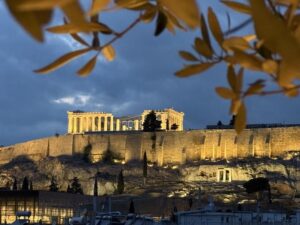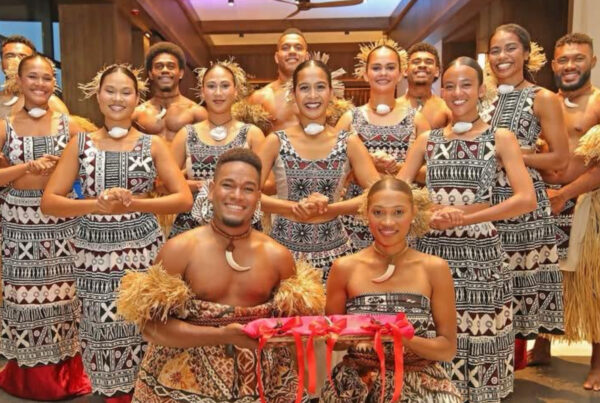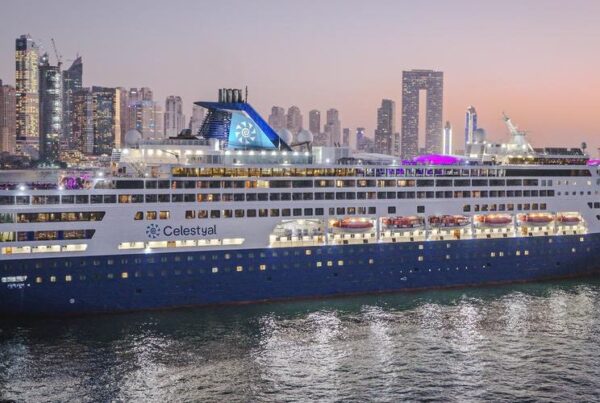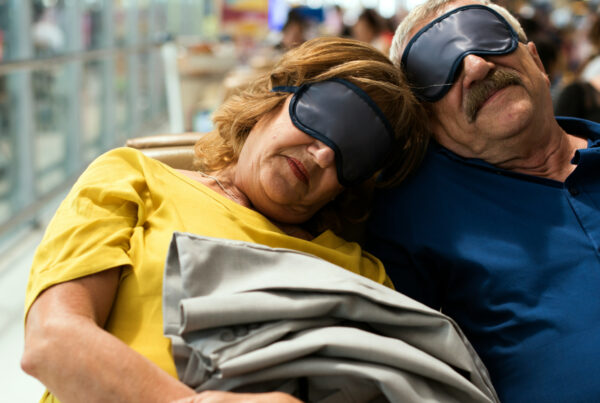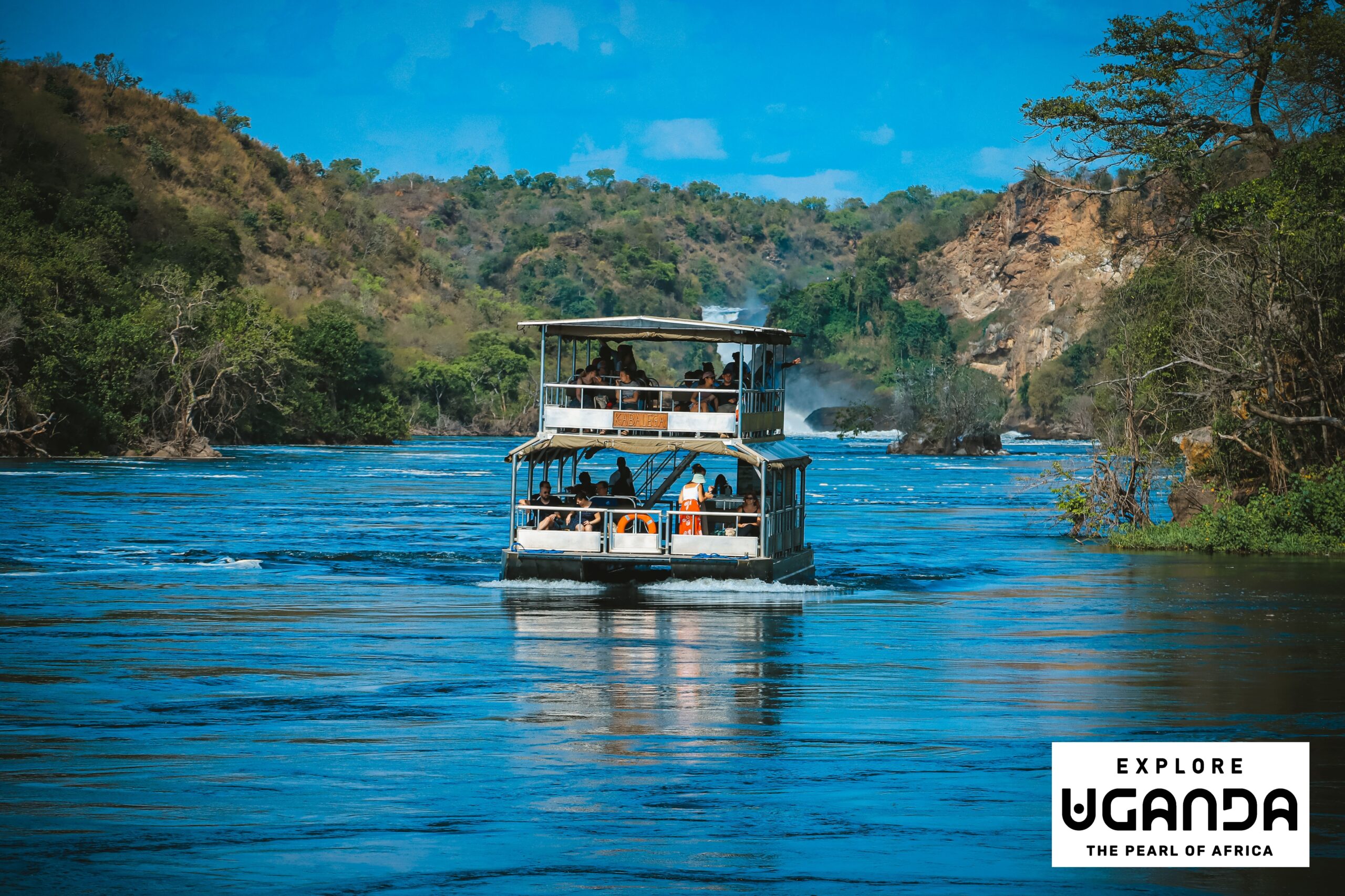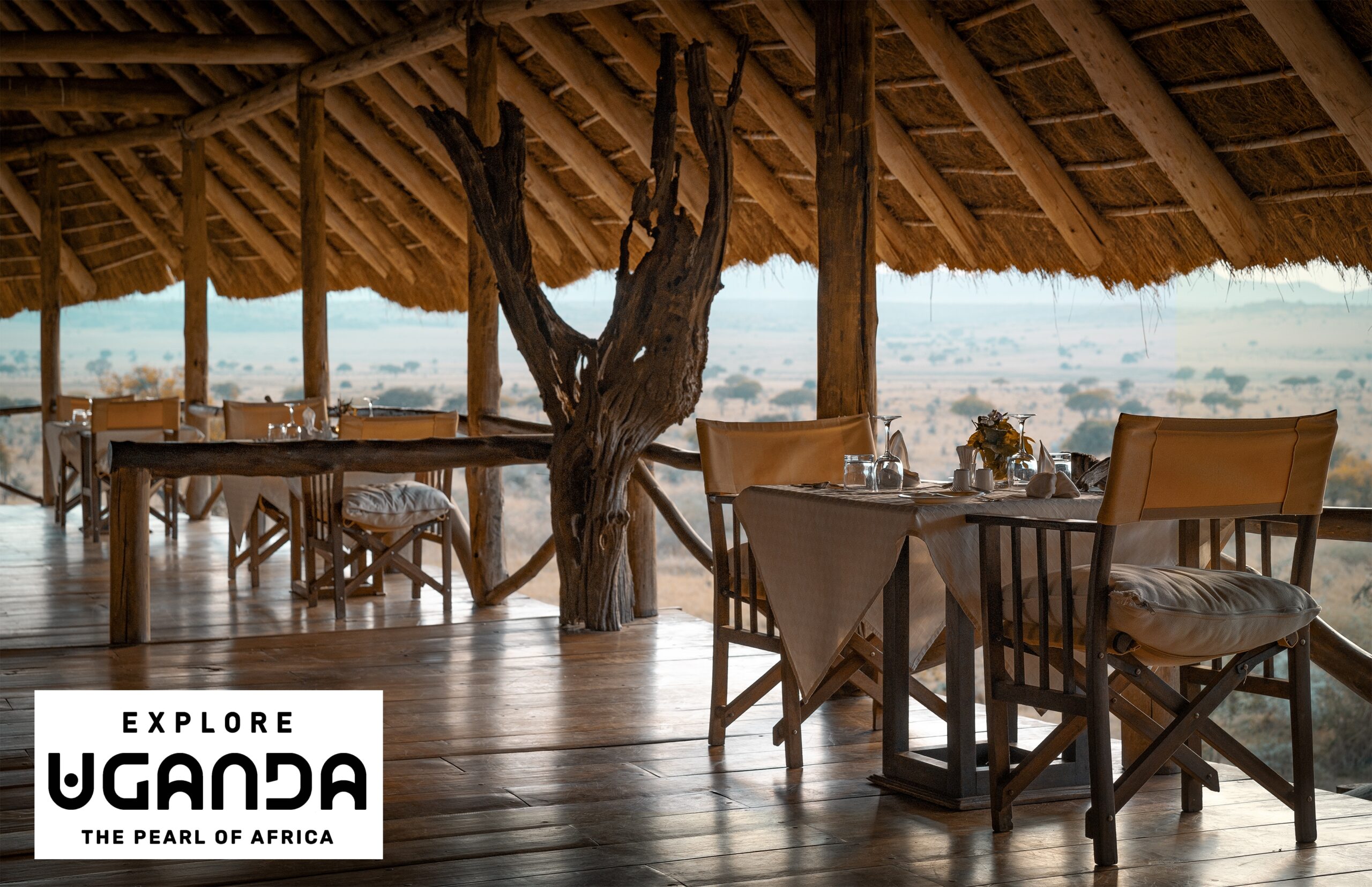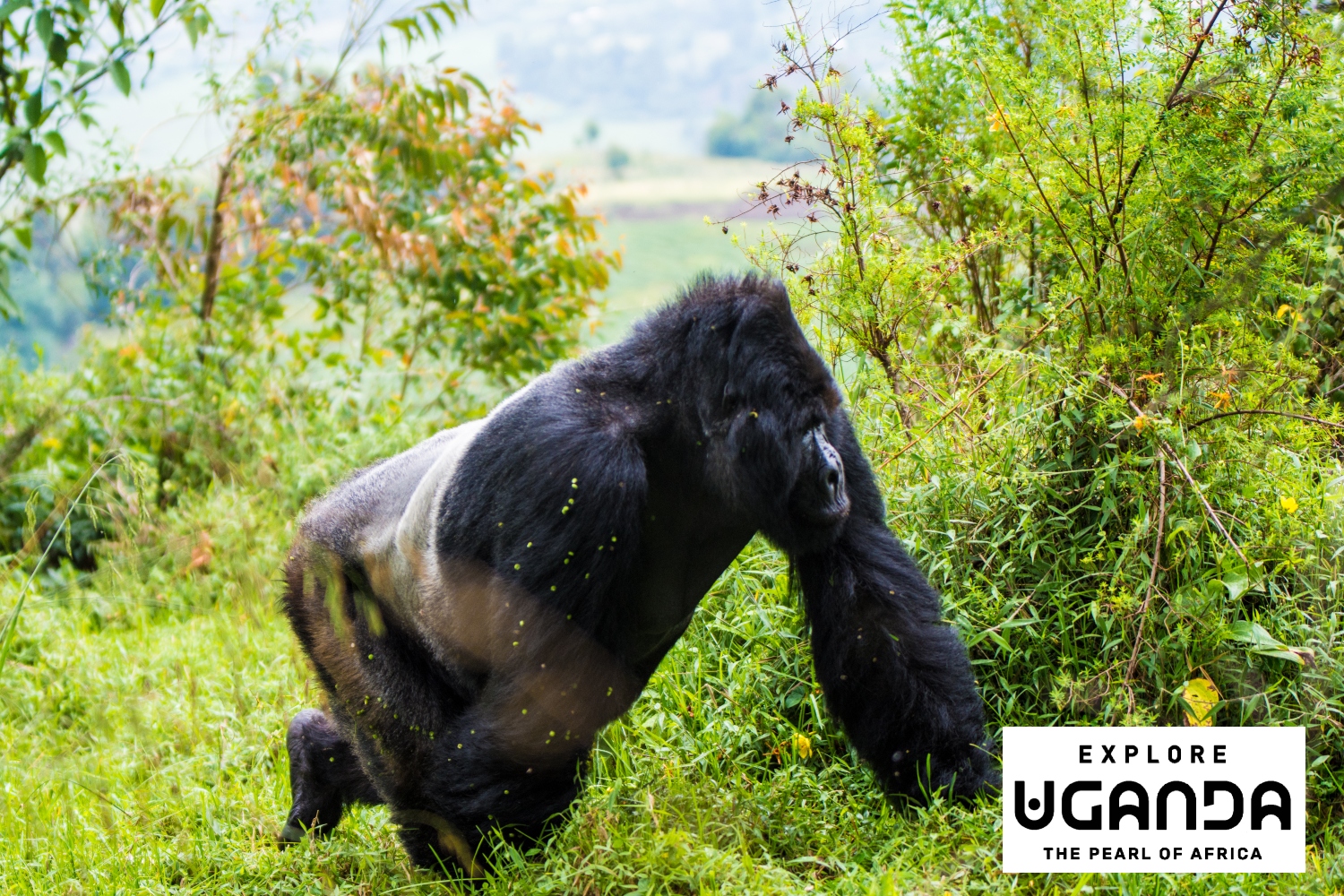The water laps gently against the shore and the wet stones on the beach glisten in the hazy sunlight.
Above the soothing noise of the swell, birds can be heard chirping nearby and it’s incredibly peaceful. You just can’t picture anything horrific happening in a place like this.
And then you see the gravestones…
This is Ari Burnu Cemetery on the Gallipoli peninsula in Turkey. We’ve arrived here on an excursion from Viking Mars as part of its eight-day ‘Ancient Mediterranean Treasures’ itinerary. It’s my first visit to Anzac Cove – and it couldn’t be more powerful.
First impressions are that it appears a lot smaller than on TV and it’s hard to imagine 16,000 troops landing here on that fateful April day in 1915.
 You can’t help but gaze up the hillside and imagine what it must have been like for those soldiers as they tried to climb 100 metres through almost impenetrable terrain while under constant bombardment – the great tragedy of course is that they weren’t supposed to land here at all.
You can’t help but gaze up the hillside and imagine what it must have been like for those soldiers as they tried to climb 100 metres through almost impenetrable terrain while under constant bombardment – the great tragedy of course is that they weren’t supposed to land here at all.
There are 252 soldiers buried here but sadly there are a lot more headstones at Lone Pine, which is our next port of call.
Although busy with visitors, there’s almost a reverential silence with the only occasional noise the whispered voices of tour guides.
I walk among the headstones and pause at certain inscriptions. “My darling son – a brave man”. “They never fail who die in a great cause”. The tributes are heartfelt and heart breaking, with many of the fallen only teenagers (the Turks lost boys as young as 14).
 Amid such sadness and waste it’s hard to find any positives but the words of Mustafa Ataturk, the founding father of the Turkish Republic, on the Anzac Cove memorial offer some comfort and hope for the future:
Amid such sadness and waste it’s hard to find any positives but the words of Mustafa Ataturk, the founding father of the Turkish Republic, on the Anzac Cove memorial offer some comfort and hope for the future:
“Those heroes that shed their blood and lost their lives…
You are now lying in the soil of a friendly country.”
Istanbul
I’d heard nothing but good things about this city that strides two continents but even still I just wasn’t prepared for how much it would surprise me. It was simply a revelation.
The people, the architecture, the shopping and the food were all remarkable. Even as I type this now I can’t help but smile at the myriad memories I have of the place and those I met during my all too brief visit.
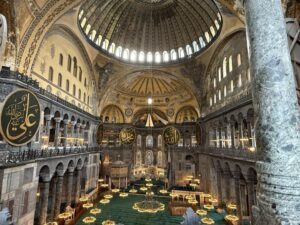
Hagia Sophia
Let’s start at the beginning. It’s always prudent to ask a local for recommendations on where to stay in a city that you’ve never visited before.
Enter Canan Tozduman from Fez Travel (www.feztravel.com) who tipped me in to the Sirkeci Mansion Hotel. (https://www.sirkecimansion.com/en).
This boutique, four-star gem of a property was perfectly located just a short walk to all the major sites…but more than that, the staff went above and beyond to make us feel welcome.
From excellent restaurant recommendations to sorting transfers, nothing was too much trouble and the view from the balcony on our fourth floor room over Gülhane Park was delightful.
 It was just five minutes to the famous Blue Mosque and the magnificent Hagia Sophia – another great testament to the ability of humankind to build amazing things – and a seven-minute stroll to the bustling Grand Bazaar (above).
It was just five minutes to the famous Blue Mosque and the magnificent Hagia Sophia – another great testament to the ability of humankind to build amazing things – and a seven-minute stroll to the bustling Grand Bazaar (above).
Here I expected to be hassled and jostled but a polite “no thanks” was all that was needed to avoid any pressure selling (you’ll never be short of an offer to buy a carpet or two!).
With Turkish Airlines ramping up connectivity between the two countries it’s likely that more Australians will discover what this fascinating, absorbing and utterly enchanting city has to offer. One thing is for sure: they won’t be disappointed.
Athens
While I didn’t take to the Greek capital in the same way as I did Istanbul, it was still an interesting place to wander around, soaking up the historic sites.
Once again, our accommodation was recommended by those in the know and the Niche Hotel (https://www.nichehotelathens.gr/) delivered great views of the Parthenon, particularly at night while having dinner. Again, the staff were superbly helpful.
From here we could walk to the Acropolis and the touristy Plaka area in about 10 minutes. This is where most overseas visitors come to shop, eat and stroll the ancient streets, so it can get quite busy and crowded.
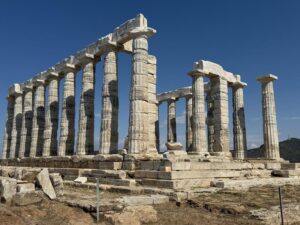 The Temple of Poseidon at Cape Sounion
The Temple of Poseidon at Cape Sounion
What we discovered, though, is that you can find some incredible back-street restaurants and attractions, including the Ancient Agora of Athens (which is in better shape than most of its illustrious contemporaries), simply by wandering away from the popular areas and following your nose.
Sidenote: Our cruise also called in at Rhodes, which proved to be another delightful surprise. The medieval walls and buildings are largely intact and it was an absolute joy to stroll around the streets, taking in the ambiance. I wouldn’t want to be there in the height of the summer tourist season, however, as I think it might be a tad overcrowded so pick your time to visit.
Viking Mars
Halfway through our voyage the energetic cruise director came over the ship’s tannoy to announce it was Viking Mars’ third birthday.
You’d be hard pressed to find three years wear and tear on her because like most Viking ships she is a clean, serene, sailing machine.
This was our second ocean voyage with the multi-award-winning line having already sampled the Venice to Rome itinerary. Although a few years have passed between sailings, walking onboard was a bit like coming home.
 Everything I loved about the first ocean cruise was present: the unpretentious chicness of the ship’s interior, the uber comfy bed in our Veranda stateroom, the Chef’s Table dining extravaganza and immersive shore excursions.
Everything I loved about the first ocean cruise was present: the unpretentious chicness of the ship’s interior, the uber comfy bed in our Veranda stateroom, the Chef’s Table dining extravaganza and immersive shore excursions.
Most cruise lines rave about the attention to detail and friendliness of their staff and onboard Viking Mars they were no exception.
Within half an hour of boarding the inventively named ‘Trick’ had my drink order down pat and addressed me rather grandly as “Sir Jon” … and I loved every minute of it!
https://www.vikingcruises.com.au/
